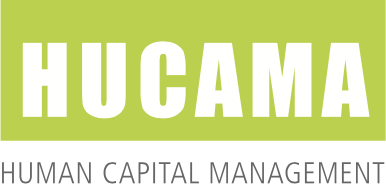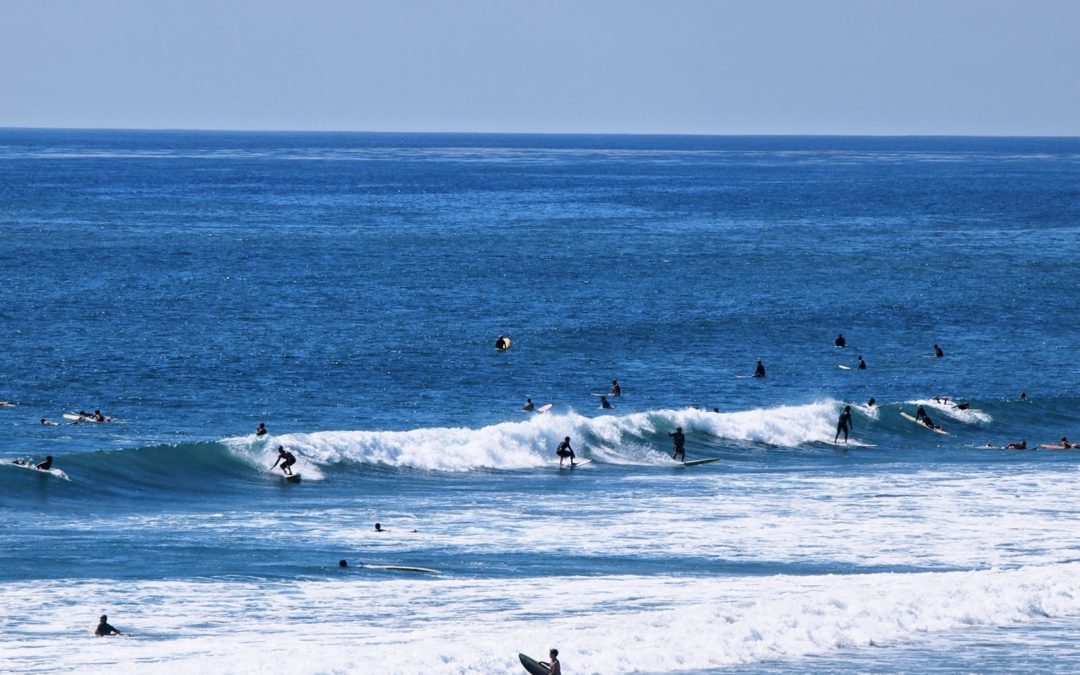For most people, Performance Management can be a very dry topic and even though it is a requirement for HR it’s generally not considered one of the most exciting things about work. Yet, when you talk to people about surfing, almost everyone gets excited and engaged. Whether they are surfers or not. There’s something about being out on the waves, challenging yourself and working with the elements that speaks to everyone.
Whether you’re a beginner or an expert, during every surf set you move from conscious incompetence (mindfully following steps towards success) to unconscious competence (knowing how to do something so well that it’s second nature). Every movement is either applying what you know or learning something different. This is Performance Management in very tangible terms.
Surfing and Performance Management have other similarities and looking at surfing from that perspective highlights some secrets to being a high performer.
Balance
Performance is never a steady level of output. It is sprints, or bursts of output. In surfing, we have bursts of output when trying to catch (or avoid) a wave. And just like work performance, surfing isn’t just about going “all out”. There are periods of low activity as well. You paddle your guts out to get out beyond the break, but then there is a place where you can pause. In that space, beyond the break, you can rest, assess what is coming, and take some time to set yourself up for success with the wave you choose to take. We need to ride the waves of output – high and low – and find a healthy balance, because if we sustain a high level of performance for long periods of time, our body and mind will burn out.
Engagement
When you are surfing and out on the water, especially if you are out there for an hour or more, you need to be fully engaged in what you are doing. You need to be reading the waves, ducking under or through others, avoiding getting dumped on and ripped through the rinse cycle, paddling, being aware of others around you. This engagement is required to stay safe and sometimes even alive. This engagement and focus is part of the joy of surfing. It is also called flow, being in the zone. This happens at work too when you are fully immersed and feeling energized focus on what you are doing.
Fun
This level of engagement is actually FUN. You’re out in the water, enjoying every molecule of the ocean and you’re learning! When you’re on the job and having fun, you’re engaged!! Which means you’re learning and performing! Brain research tells us that when the fun stops, learning often stops too. In her book, The Neuroscience of a Joyful Education, Neurologist Judy Willis showed how fun experiences increase levels of dopamine, endorphins, and oxygen – all things that promote learning. In a study for the Journal of Vocational Behaviour, Michael Tews found that employees are more likely to try new things if their work environment is fun.
When you are surfing and get out into the water, you either have a good set, or a good work out. In both cases, you are learning and performing. At work, you have the same scenario: you are either rocking your performance or experiencing an opportunity for growth/learning.
In the moments where things go wrong (you wipe out, fall off, and go through a spin in the rinse cycle), the opportunity for learning abounds. We might be frustrated that we didn’t surf the way we had envisioned, but when we walk out of the water, our bodies and minds have time to reflect upon the set. When we leave our work environments – we need to give our bodies and minds time to reflect. When I’ve had surf sessions that turned out to be just “a good workout”, I could write a novel on all of the things that went wrong. But this novel, this introspection, identifies all the lessons that I will apply tomorrow. After all, we don’t learn when things go right, we learn when things go wrong.
The secret to being a high performer lies in the application of the lessons learned. Being aware of your surroundings at work, treating every opportunity as one to learn from, and applying those lessons to everything you can – today, tomorrow and in the days to come.
Partner, HUCAMA Canada
Carrie has a demonstrated strength in relationship building, creative solutions and strategies necessary to achieve business goals. Besides this, she is an avid and happy surfer.

